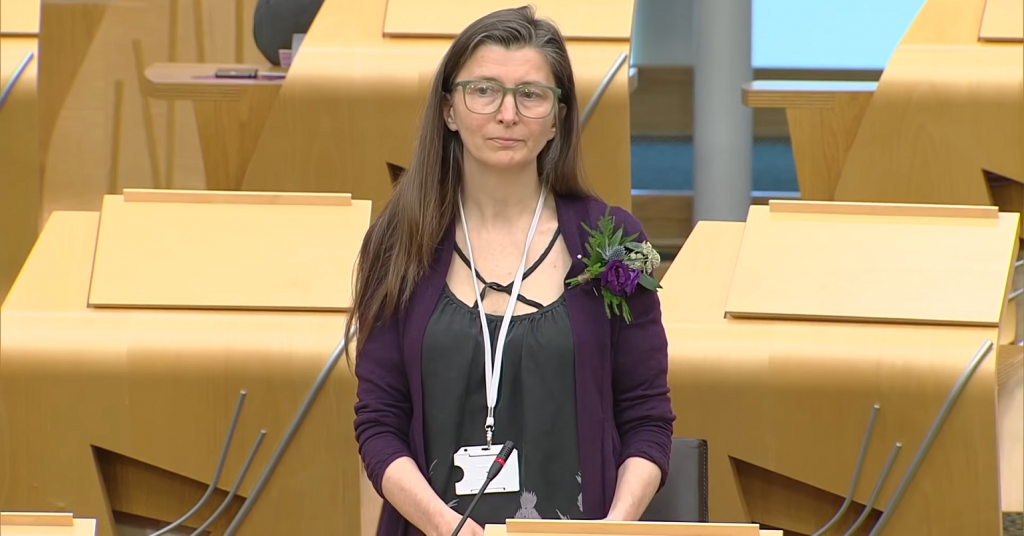On migration, Scotland and Riace are in the same boat

This morning I listened to this programme on the World Service. It’s the touching story of Riace, a village in southern Italy which has opened its arms to migrants coming across the Mediterranean. It’s only half an hour long, and I consider it a half hour well spent, but if you don’t have time you can also read this shorter account.
The people who tell their stories within this programme have faced terrible hardships. One watched his entire village burn to the ground, victims of racism, and others have seen their friends starve to death as their boat lay adrift in the Mediterranean on their journey away from danger. Often drifting boats are ignored by fishermen and other civilian vessels, as coming to their aid is often treated by authorities as akin to people smuggling.
The response of the EU to this tragedy is to give greater powers to Frontex, its border agency, and to launch EUROSUR, a border surveillance system which uses drones and satellites to detect migrants in the Mediterranean and which helps member states to repel migrants from their waters. Whilst officially one of EUROSUR’s aims is also to save the lives of stranded migrants, this seems an afterthought, and in practice the provision to actually do so is very weak. There is already speculation that regional cooperation agreements mean that EUROSUR will be used to warn North African countries of migrants leaving their territories, leaving migrants in the hands of the authorities they may well be fleeing. Our representatives, seeing a humanitarian crisis, have chosen to push it out of their jurisdiction.
The story of Riace is interesting. The town has even created its own currency (or tokens, since its value is linked to the Euro), with pictures of Gandhi, Che Guevara and Martin Luthur King, which migrants can use whilst they wait for Italy’s slow bureacracy to respond to need for subsidy.
Whilst many of the inhabitants speak of their inspiration by their religion, in reality it seems that the actions of the town are inspired by self-interest. All of the reports from journalists who have visited the region note that the town is now flourishing. Besides the obvious cultural advantages which the town now enjoys thanks to its new residents from all over Africa, the migrants are also helping to prop up a town which was previously losing people by the year. Where young Riaceans once moved to other parts of Italy to find work, leaving their former homes empty and leaving Riace with a fast-ageing population, now the town’s artisan trades are booming.
And that is the lesson that Scotland can learn from this tiny village in southern Italy. There are small towns and villages all over Scotland who face an existential threat from migration [.doc file]. As young people in the Highlands abandon rural life and move to the cities for education or employment, those left behind are getting older and more sparse. Migration can help preserve life in these towns and villages. Scotland’s ageing population also spells trouble for our social services and pensions, and migration can help there too.
And it seems that this isn’t lost on everyone. Surveys on Scottish attitudes towards migration consistently show that at least 20% of Scots believe that immigration should be increased ‘a lot’. Read that again. Despite all the immigrant bashing in the media, despite all the hysterical warnings that Britain will sink into the sea if our population increases anymore, over 20% of Scots say the exact opposite. It would be unbelievable anywhere else. Equivalent numbers in the rest of the UK are around 2%.
The truth is that immigration is in Scotland’s interest. And as the only major party with a pro-migrant position, it’s in the interests of Greens to shout about it loud and clear.



Leave a Reply